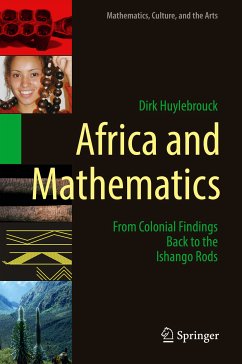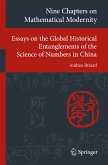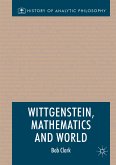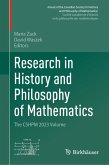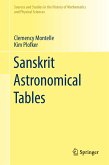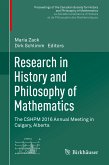Dieser Download kann aus rechtlichen Gründen nur mit Rechnungsadresse in A, B, BG, CY, CZ, D, DK, EW, E, FIN, F, GR, HR, H, IRL, I, LT, L, LR, M, NL, PL, P, R, S, SLO, SK ausgeliefert werden.
"The book will be of interest for undergraduate and graduate courses, as well as for non-mathematical readers and researchers in various fields. It is a good survey of African history, culture, arts, popular games and daily life." (U. D'Ambrosio, Mathematical Reviews, April, 2020)
"This book fills a gap in studies on ethnomathematics in Central Africa. ... This book is not particularly about mathematics itself; readers will enjoy the book as asurvey of African art, culture and history. The book does contain beautiful figures, imprints and photographs in colour. Highly acclaimed!" (Robert W. van der Waall, zbMath 1417.01001, 2019)

